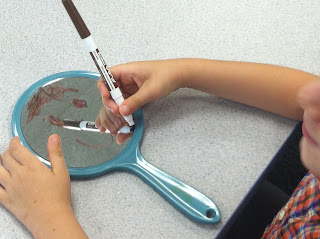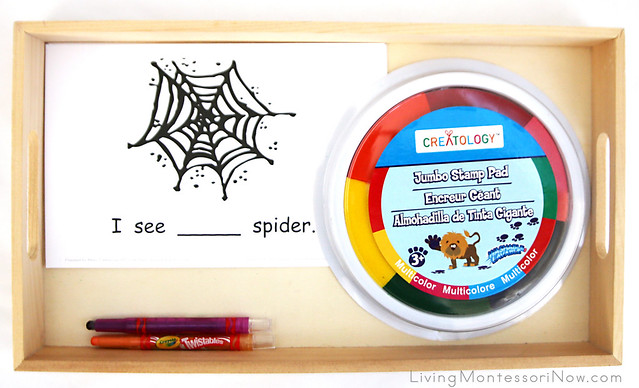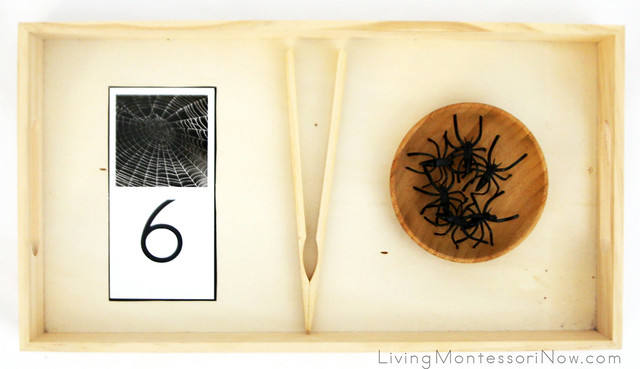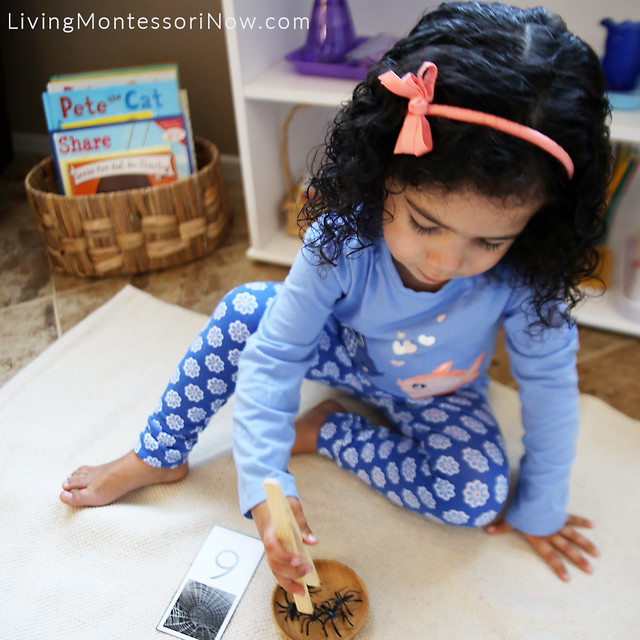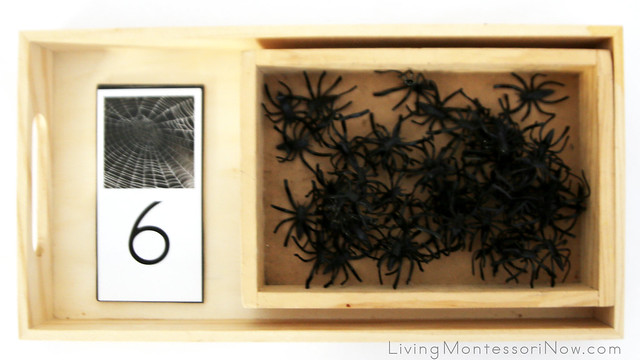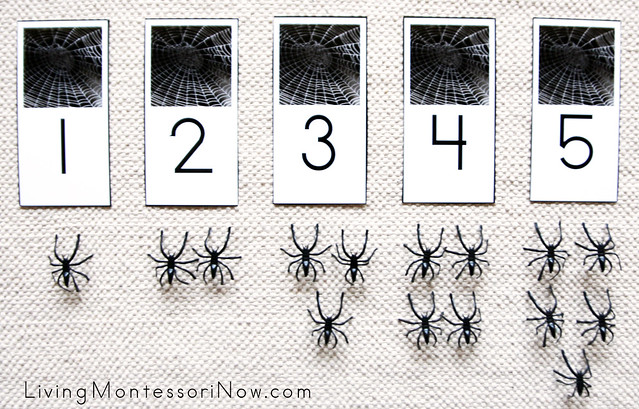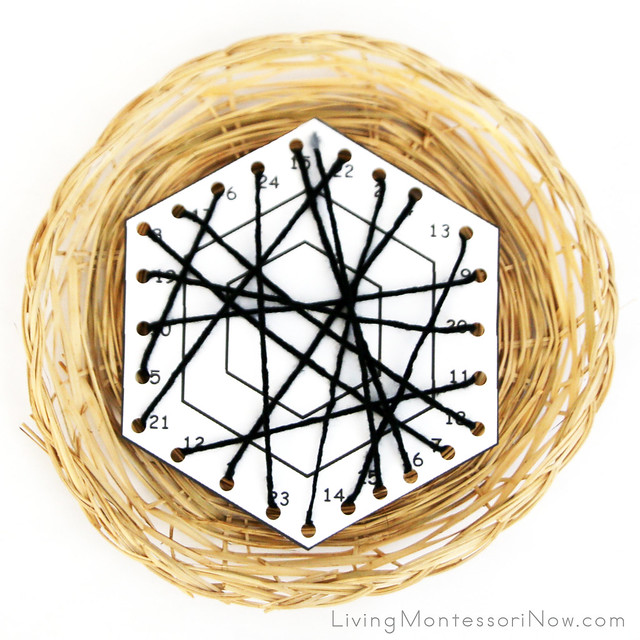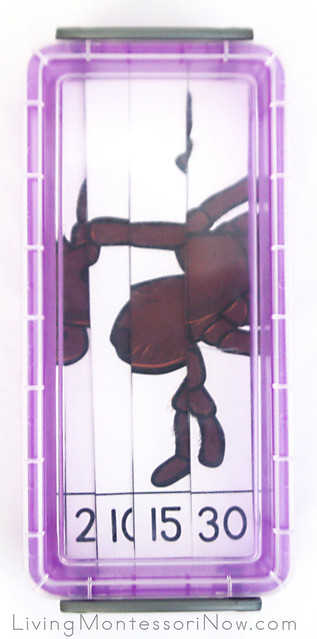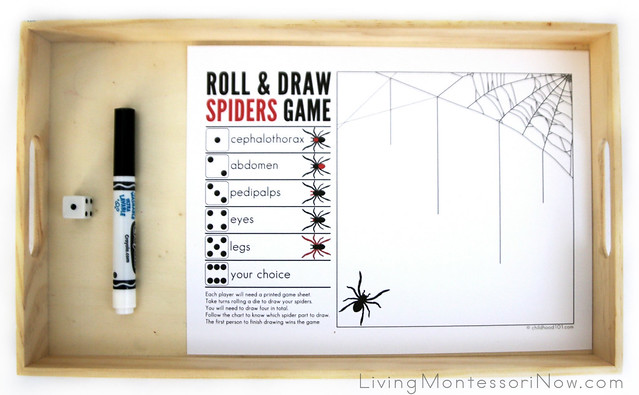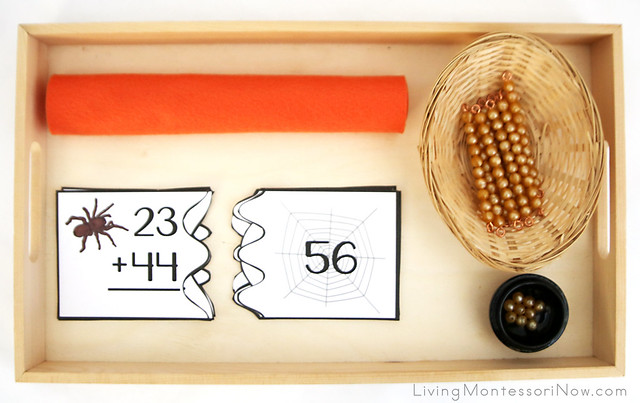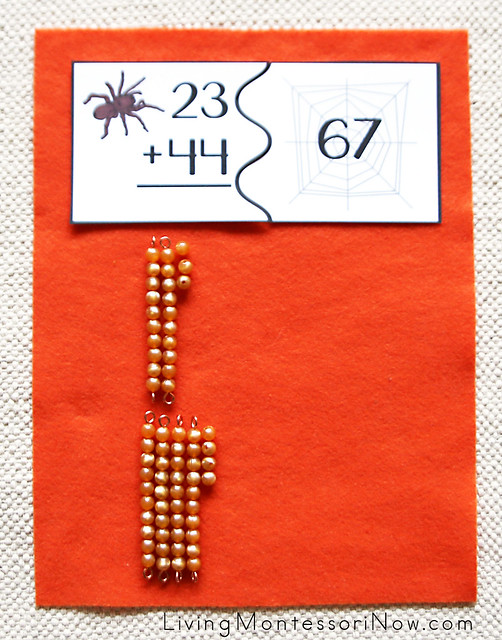Affiliate links have been added for your convenience.
Sanitizing toys and materials in preschool is important...and it is different than cleaning or disinfecting toys. Know the difference and reduce the risk of flu and illness in your program.Each year (and each week), the Centers for Disease Control (CDC) posts their Weekly U.S. Influenza Surveillance Report.
This report shows data regarding the movement and spread of the flu.
In week 51 of 2014 (week ending December 20, 2014), for example, the flu reached what was considered the epidemic threshold.
The past several years have shown high levels of flu activity in December: the level of activity that we used to see earlier in the season. Because the flu is spread through sneezing and coughing, spaces where people are together hold a higher risk of spreading the flu as well as other illnesses.
This means.......mhmmmm......our preschool programs and our homes.
Preschoolers Are Learning To Share Everything-
Including Germs!
Preschoolers are adorable. They are typically caring, lovable and learning to share.......EVERYTHING!
They are learning to share toys, hugs and kisses as well as coughs and sneezes--all of which include sharing germs.
Remember that awesome ice cream sundae the children made in dramatic play?
Remember that it looked so delicious they forgot it was pretend and actually put the spoon in their mouth?
Remember those blocks they used to build an awesome house with? It seemed all of your little construction workers were sneezing a symphony while building.
It is your job to keep the germs at a minimum in your classroom. Germs are shared through coughing, sneezing and drooling!
I HIGHLY recommend a "Wash Me" bin for every classroom!
Any toys that were mouthed, sneezed or drooled on goes in it throughout the day.
Sanitizing toys in the Wash Me bin daily will help reduce the spread of germs.
Sanitizing toys in the Wash Me bin daily will help reduce the spread of germs.
Cleaning, Disinfecting & Sanitizing Toys In Preschool
When did you last spend time cleaning, disinfecting or sanitizing toys and materials in your classroom?
Before any of us can answer this question we need to be clear on the difference between the three terms.
Before any of us can answer this question we need to be clear on the difference between the three terms.
CLEANING Toys In Preschool
The Process:
Cleaning refers to any process that removes visible dirt, debris, food, etc. from a toy.
You do this by washing or scrubbing the toy or area and rinsing it off.
The Purpose:
The purpose of cleaning is to remove dirt and debris.
However, cleaning does NOT kill germs. To kill germs, you need to sanitize preschool toys.
This is typically what we do to the tables and chairs, the dishes and items in dramatic play or even the baby dolls.
You might sometimes place all the toy cars in a bucket of soapy water....swish them, give them a quick wipe down and rinse.
SANITIZING Toys In Preschool
The Process:
Sanitizing refers to treating or cleaning with a product that kills at least 99.9% of germs.
You do this by using a product that lists on the label that it kills germs. Many times you might wash the table and chairs and then follow up by sanitizing.
The Purpose:
The purpose of sanitizing is to kill bacterial germs or contaminants with the goal of reducing the number of them on the toys or materials.
Cleaning and sanitizing preschool toys are not (separately or combined) considered disinfecting!
DISINFECTING Toys In Preschool
The Process:
Disinfecting refers to treating or cleaning with a product that is listed to kill 100% of the germs listed on the product's label.
The Purpose:
The purpose of disinfecting is to kill pathogens that may be on products.
_______________________________________________________________________________
A Little Diversion...
Wow! Really?!! YES! Really! I found this on Pinterest.
Well, coffee beans work to dilute the smell of overwhelm in candle stores, why not for this?
A teacher told me to be sure to scoop it with your dustpan and don't use your vacuum... for the obvious, long-term, smelly reasons!
_______________________________________________________________________________
So, Which Process Should Be Done? And When?
It will depend upon the toy, material or area. Also, check your state regulations. Some states specifically list the products approved for child care settings,
Below is a simple chart to give you some guidance.
It is important to stay on top of cleaning and sanitizing preschool toys to reduce the risk of the spread of illness in your program.
Below are the bleach to water ratio for Clorox Bleach solutions for sanitizing and disinfecting.
We make a bleach/water solution in a 1 quart spray bottle like this one .
.
It is a plastic, spray bottle. What I like about this one is that it is heavy duty and chemical resistant.
Cheap spray bottles will deteriorate after a while and the sprayer will stop working. This one lasts much longer for us.
To make the bleach/water solution: Mix 2 tablespoons of bleach with 1 quart of water in the spray bottle.
To disinfect toys: Use ½ cup of bleach per gallon of water.
We make a bleach/water solution in a 1 quart spray bottle like this one
It is a plastic, spray bottle. What I like about this one is that it is heavy duty and chemical resistant.
Cheap spray bottles will deteriorate after a while and the sprayer will stop working. This one lasts much longer for us.
To make the bleach/water solution: Mix 2 tablespoons of bleach with 1 quart of water in the spray bottle.
To disinfect toys: Use ½ cup of bleach per gallon of water.
To disinfect food contact surfaces: A weaker solution is needed: Use 2 teaspoons bleach per gallon of water.
IMPORTANT NOTES ABOUT SANITIZING TOYS:
It is imperative that you do the following with your bleach/water spray bottle:
1. Mark It.
Mark the name of the contents of the bottle with a permanent marker. Mark it Bleach & Water.
Mark the name of the contents of the bottle with a permanent marker. Mark it Bleach & Water.
2. One Bottle-One Purpose.
NEVER, EVER use this bottle for anything else except for bleach and water solutions in the future.
If you make a mix using a different chemical, use a different spray bottle.
Some chemicals, when mixed, are TOXIC and DANGEROUS. Don't take a chance.
NEVER, EVER use this bottle for anything else except for bleach and water solutions in the future.
If you make a mix using a different chemical, use a different spray bottle.
Some chemicals, when mixed, are TOXIC and DANGEROUS. Don't take a chance.
3. Fresh Daily.
Make a fresh batch of your bleach/water solution every day.
Make a fresh batch of your bleach/water solution every day.
It will be very tempting for you to use the same bottle for a few days.
It may seem like a "waste" to empty it out each day.
However, if you do not make it fresh, you are only going through the motions of disinfecting and sanitizing preschool toys and materials and THAT is a waste of your time and defeating the very purpose of making the solution to begin with.
Bleach, once mixed with water, loses its effectiveness and breaks down in 24 hours. So, even though the bleach smells strong the next day, it is NOT strong. Make it a point to pour it out at the end of each day.
4. Out of Reach.
Of course, this solution must be out of reach of the children at all times.
Of course, this solution must be out of reach of the children at all times.
Other Solution Options
Some centers use commercial disinfectants that are EPA approved.
An effective and popular one is Diversey Alpha-HP Multi-Surface Disinfectant Cleaner.It has a light, citrus scent. It comes 2 in a case (each one being a 1.5L Spray Bottle).
It is important, however, to check with your director and/or state licensing agency to confirm that this, or any other product, is approved.
A Schedule for Sanitizing Toys In Preschool
Below is a suggested schedule of when to clean the main items and areas in your classroom.
Sanitizing Toys Summary:
Cleaning, disinfecting and sanitizing preschool toys are an important task we need to do on an intentional schedule.
Put a process into place, if you don't already have one, to stay on top of this process.
It will reduce the risk of flu and illness in your program.
Sources: CDC
About the author
Cheryl Hatch has taught and directed preschool programs for over 20 years. She is the Creator and Owner of Preschool Plan It, a website dedicated to sharing preschool themes, activities, articles and training with early childhood educators. She volunteers as the coordinator and teacher of the MOPPETS program in her town (a preschool program for the M.O.P.S.--Mothers of Preschoolers Program). She has her undergraduate degree in Early Childhood Education. Cheryl has been an active, integral member and leader within the Teachers.Net Early Childhood community for many years, moderating live chats and providing peer support on the Preschool Teachers Chatboard. You can read Cheryl’s articles, activities and themed preschool lesson plans at www.preschool-plan-it.com









